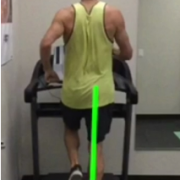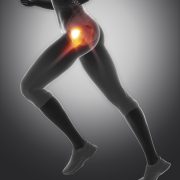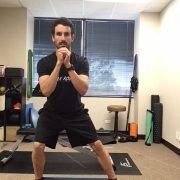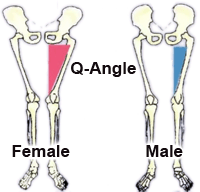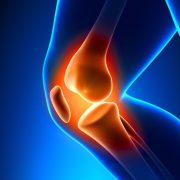Functional Hallux Limitus
Proper motion through the big toe is important for walking and running. When running, as the leg moves backwards, the hip, knee, ankle (dorsiflexion), and big toe extend to propel the body forward. Loss of range of motion at one or multiple of these areas will decrease efficiency and can lead to potential injury. Functional hallux limitus is a condition that limits the amount of big toe extension. When running with this condition, a runner will avoid pushing off the big toe or will not extend fully through the hip due to the poor range of motion at the big toe. Both cases lead to poor biomechanics and potential injury.
Identifying Functional Hallux Limitus
Many times patients report that they had imaging from their previous provider and we told their big toe joint is “normal”. Generally what that means is that there are no fracture and there is no arthritis but no diagnosis is made. Functional hallux limitus means that the big toe has limited extension during gait. In other words when that joint tries to function, range of motion is limited. If you do a test non-weight bearing, the toe will have great range of motion. So is a provider is not familiar with this condition, they will say everything seems normal, stop running until it calms down.
Let’s do a quick test to see if you may be dealing with functional hallux limitus. Sit down and cross one leg ,over the top of the other leg’s thigh. Now reach down and pull back the big toe. It should move back very easily (unless you have hallux rigidus). Now, repeat the process but this time, press your thumb firmly into the bottom of the big toe joint and hold. Try and pull the big toe back. If there is very little motion, you may be dealing with functional hallux limitus. The force from your hand pressing up into the joint mimics weight bearing. So if you have poor extension with just your hand, with full body weight through the joint, motion will be more poor.
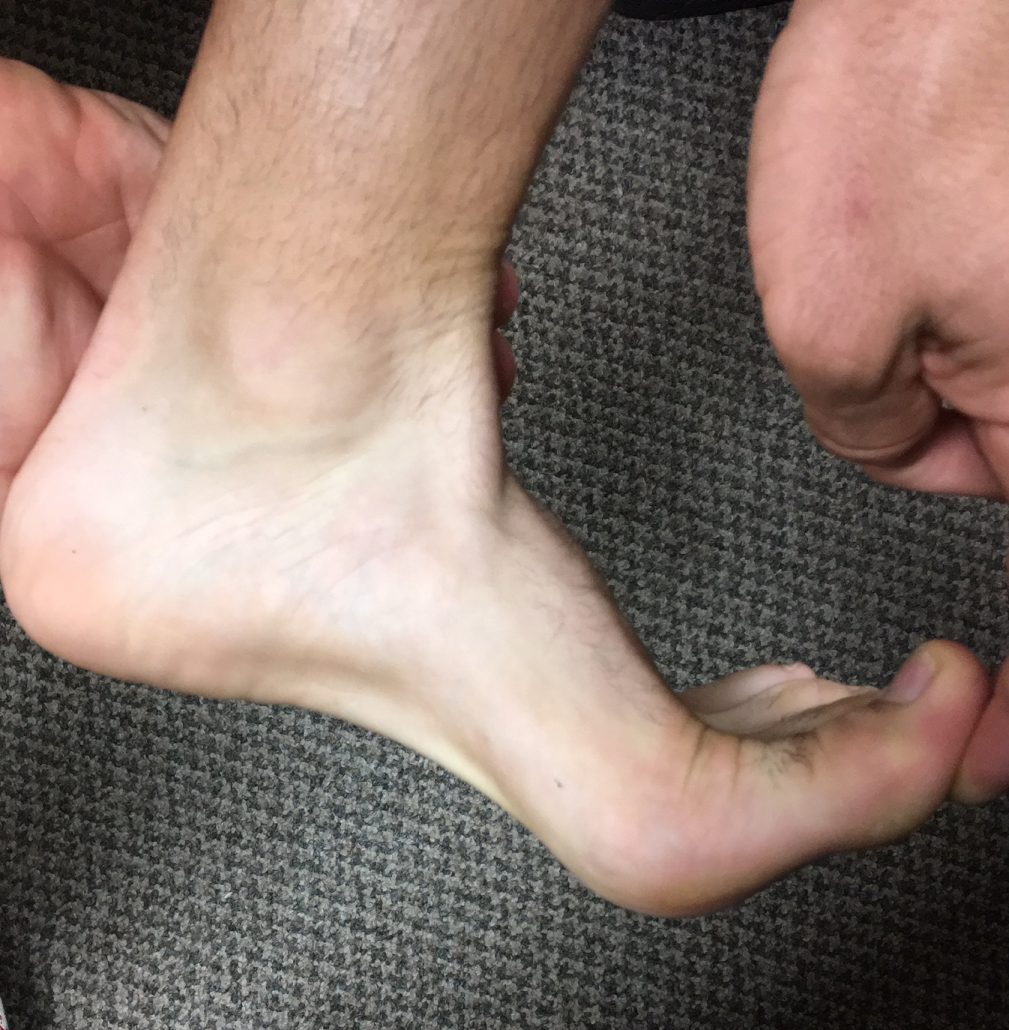
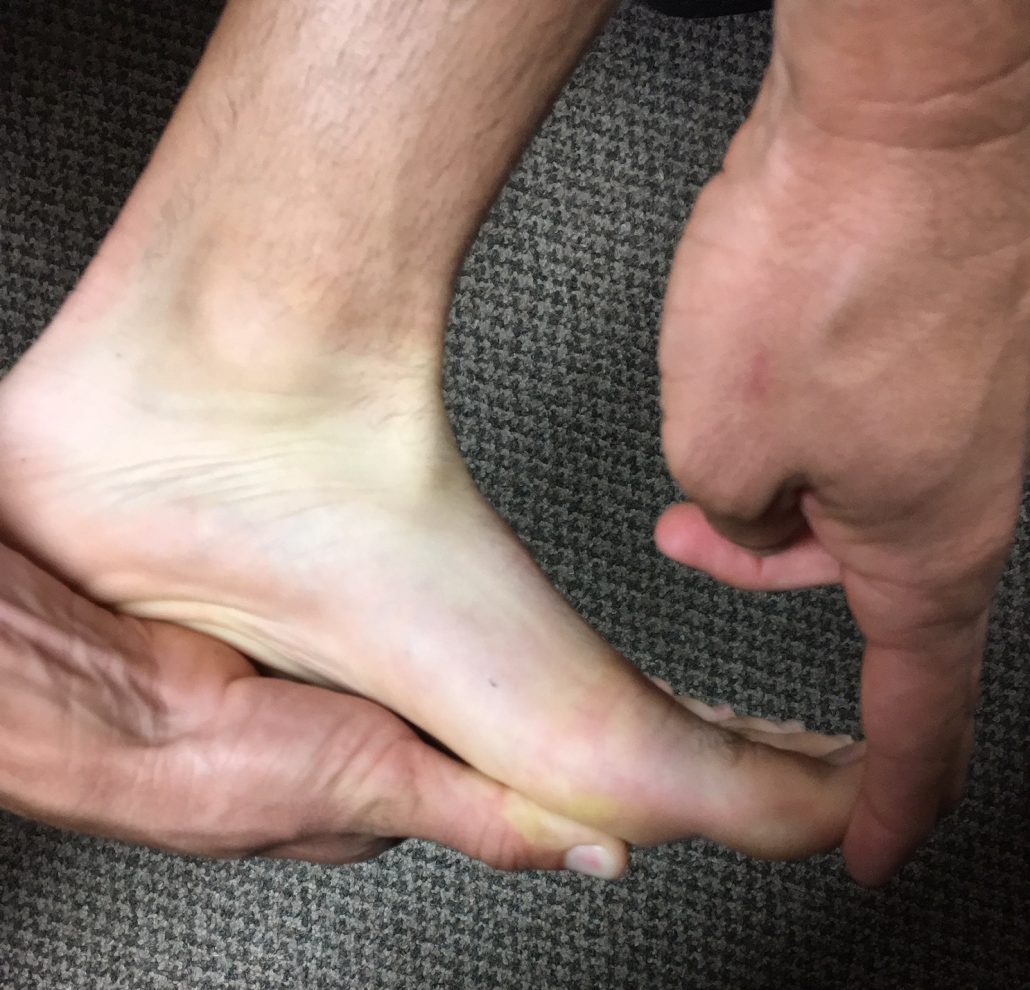
Evaluation
Assessing the big toe is relatively straight forward. The test found above is a “go to” test for our sports chiropractors and running doctors. Overall foot and ankle range of motion will be assessed. Structural limitations will be evaluated as well, such as presence of:
- Plantarflexed first ray
- Forefoot valgus
- Forefoot varus
- Rearfoot valgus
- Rearfoot varus
- Pes Planus
- Pes Cavus
- Bunions
Treatment
Some cases respond well to aggressive soft tissue work to the restricted tissues. Active Release Technique and Graston technique with exercises can help breakdown tight tissues that may be causing functional hallux limitus. Other cases will need shoe insert modifications to allow for the proper range of motion at the big toe. General recommendations can’t be made as it is strictly a case by case basis; some patients need one modification while others need a different one.
Our running doctors and sports chiropractors will thoroughly evaluate your specific complaint. We are conveniently located in Mission Valley, San Diego!


